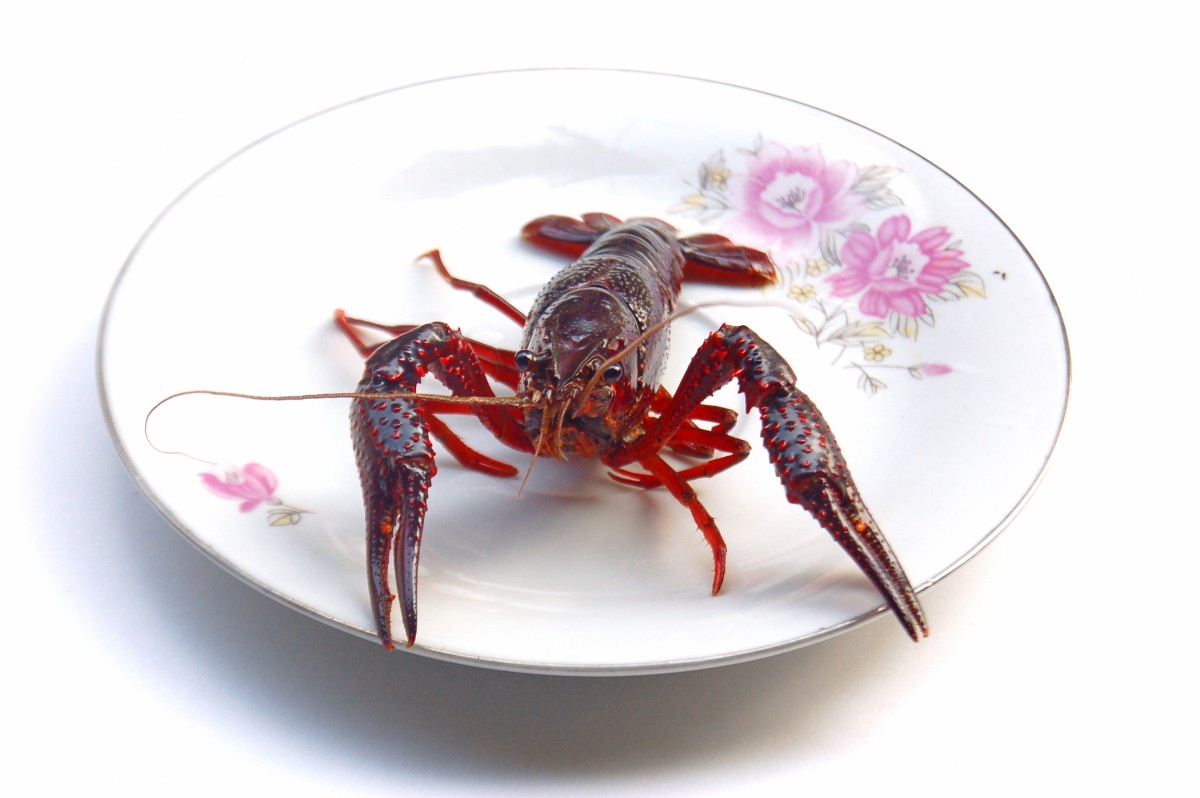
At the risk of turning into an all-seafood, all-the-time newsletter, we at DFC couldn’t let this oceanic innovation pass unremarked: Researchers have found a way to make batteries out of the discarded shells of crabs, shrimp, and lobsters. Like the shrimp shell cement (say that three times fast) we reported on this summer, this unusual use of crustacean cast-offs is a boon for sustainability on two levels. First, it finds a purpose for material that is usually just thrown away; and second, the batteries themselves are partially biodegradable (and the rest, recyclable). The science is fascinating and has just been published in the journal Matter, with Liangbing Hu of the University of Maryland’s Center for Materials Innovation as the lead author. And, once again, it all comes down to the wonder material that is chitin.
“Crustaceans such as crabs, shrimps and lobsters have exoskeletons made of cells that contain chitin, a kind of polysaccharide that makes their shells hard and resistant. […]
Through chemical processing and adding acetic acid aqueous solution, chitin can ultimately be synthesised into a firm gel membrane and used as an electrolyte for a battery. An electrolyte is the liquid, paste, or gel inside a battery that helps ions – charged molecules – travel between one end and the other of a battery, allowing it to store energy.
By combining this chitosan electrolyte with zinc, a naturally occurring metal increasingly used to make batteries that are cheap and safe, Hu’s team was able to create a renewable battery.”
These safer, greener batteries also retain an impressive 99.7% energy efficiency after about 400 hours of use. This means they have enough electrical oomph to actually be competitive with conventional batteries. The combo of zinc and chitosan is still being tested before larger-scale trials can begin, but researchers think this unusual pairing looks promising. I equally a) can’t wait to see these batteries in action, and b) what wacky use for shells science is coming down the pipe next!